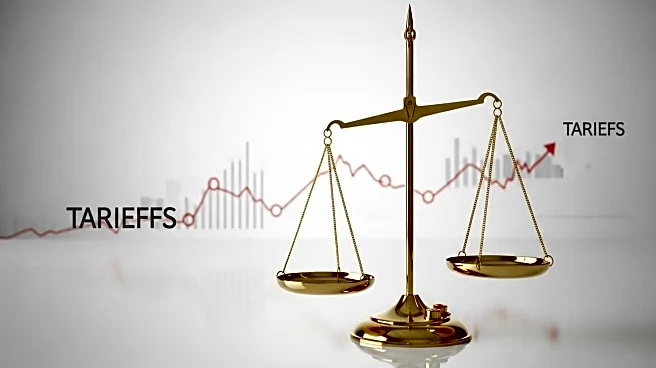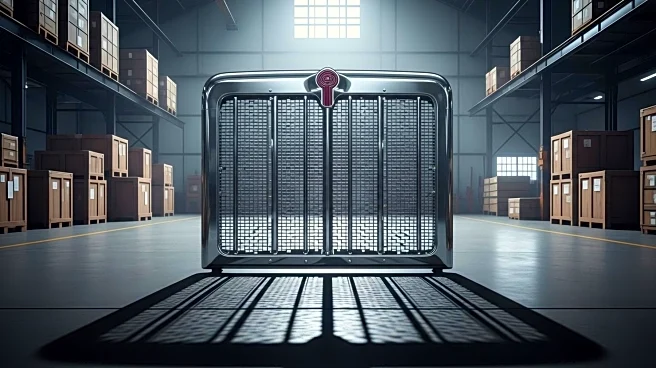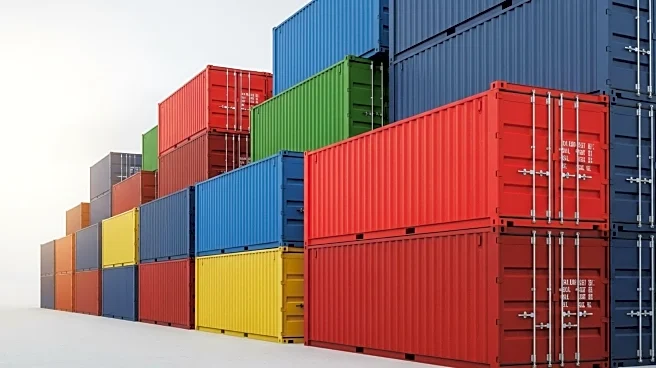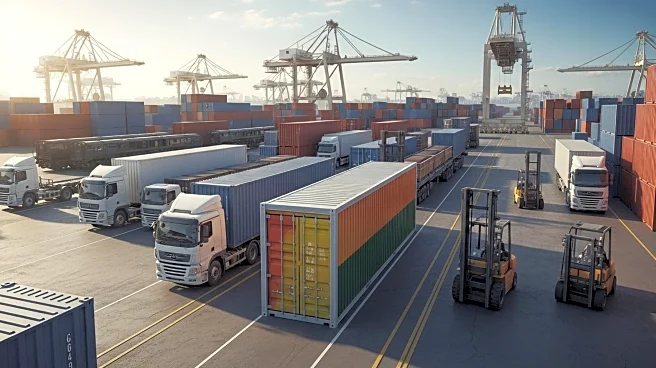What's Happening?
The federal government shutdown that began on October 1 has disrupted the Small Business Administration's loan program, affecting both new loan access and the management of existing ones. This disruption comes at a critical time for smaller retailers, who are already facing challenges from tariffs, inflation, and signs of economic weakness as the holiday season approaches. According to Jacob Bennett, co-founder and CEO of Crux Analytics, small businesses are entering their busiest period with unprecedented uncertainty. The Fiserv Small Business Index for September indicates a 1.4% year-over-year drop in retail sales, adjusted for inflation, highlighting the sector's sluggish performance. Tariffs pose a significant challenge, with over 97% of U.S. import companies being small businesses, according to the U.S. Chamber of Commerce. Many small business owners rank tariffs and inflation as top challenges, with 86% concerned about tariff impacts on consumer demand.
Why It's Important?
The disruption of the Small Business Administration's loan program during the government shutdown is significant because it affects the financial stability and operational capabilities of small businesses, particularly during the crucial holiday season. Small retailers, lacking the financial buffers of larger chains, are vulnerable to economic fluctuations and policy changes. The impact of tariffs and inflation further complicates their ability to manage inventory and pricing strategies. As small businesses contribute significantly to the U.S. economy, their struggles could have broader implications for economic growth and consumer spending. The uncertainty faced by these businesses may lead to reduced holiday sales, affecting both local economies and the national economic outlook.
What's Next?
Small businesses may need to adapt by prioritizing customer service and community connections, as suggested by Andrew Kanzer, Managing Director for North America at Xero. Automating tasks like order processing and inventory tracking could help alleviate burnout and improve efficiency. However, the challenges posed by tariffs and inventory shortages are expected to persist into 2026, with many business owners expressing concern about future impacts. The resolution of the government shutdown and potential policy changes regarding tariffs will be critical in determining the future stability and growth of small businesses.
Beyond the Headlines
The current situation highlights the need for small businesses to innovate and adapt to changing economic conditions. The emphasis on personal service and community connection could become a key differentiator for small retailers, allowing them to compete with larger brands. Additionally, the reliance on automation and efficient business practices may become increasingly important in navigating economic uncertainties. The long-term effects of tariffs and inventory challenges could lead to shifts in supply chain strategies and business models for small enterprises.












